Heritage
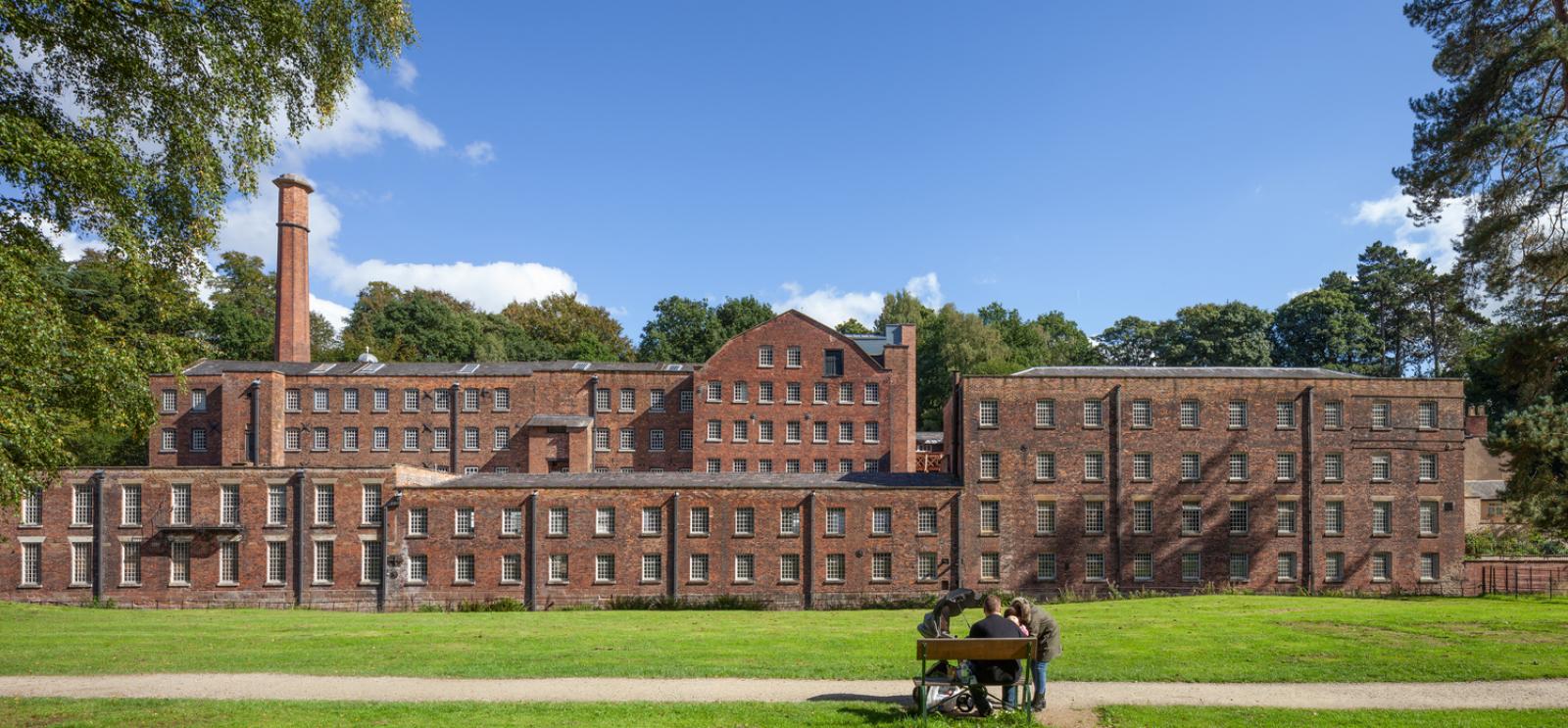
The National Trust’s Quarry Bank in Cheshire is one of the best-preserved textile mills of the Industrial Revolution and is now a museum of the cotton industry.
The main mill building is Grade II* listed and is an imposing brick building sitting on the banks of the river. The history of the mill, its workers and owners then unfolds across the 300 acre Styal Estate with the Greg family residence ‘Quarry Bank House’ and kitchen gardens, the apprentice house and workers cottages; again many of which are listed.
We worked with the National Trust as part of the ‘Quarry Bank Project’; a major Heritage Lottery Fund project which aimed to tell the whole story of the estate for the first time, with access to and interpretation of all the key buildings, structures, and landscapes. The phased project included, mill visitor route study, upper gardens, mill yard feasibility, co-ordination and Styal village properties.
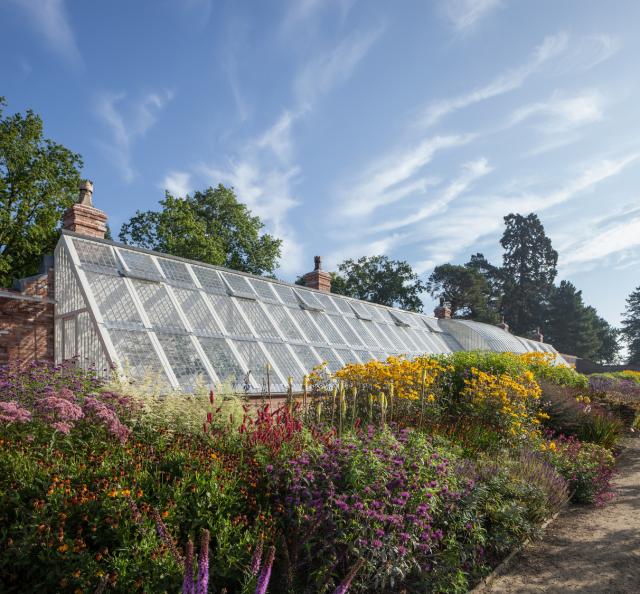
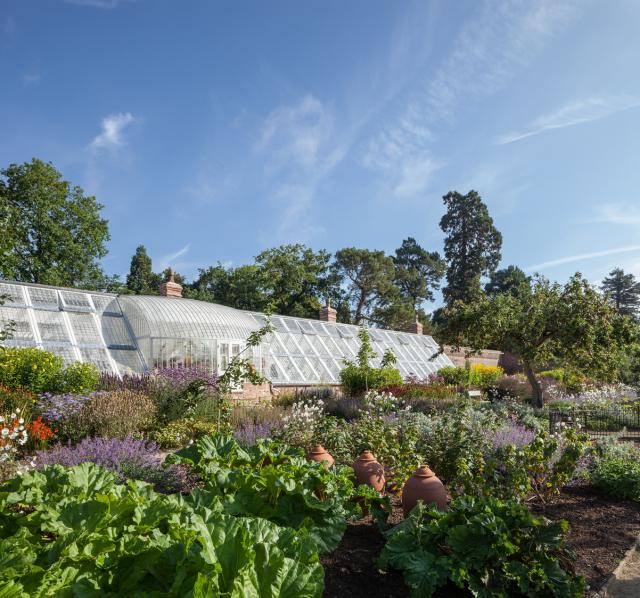
Glasshouse Restoration
As part of the wider upper gardens project, we were involved in the restoration of a rare example of a 19th century curvilinear glasshouse.
The initial stages of the project involved the carefully dismantling of the glasshouse's damaged cast iron frame. The frame was then removed from site and taken to a workshop where, over six months, engineers carried out painstaking work to make repairs and identify missing pieces of the structure.
The new structural frame was then recast using metal recycled from old automotive parts and reassembled. More than 7,500 panes of glass were then used to fill the frame.
As well as the glasshouse, the adjoining back sheds that were once the potting area for the estate’s gardeners and the location of the boilers, have been restored. These ‘interactive potting sheds’ will allow visitors to discover the story of the people who cared for the garden.
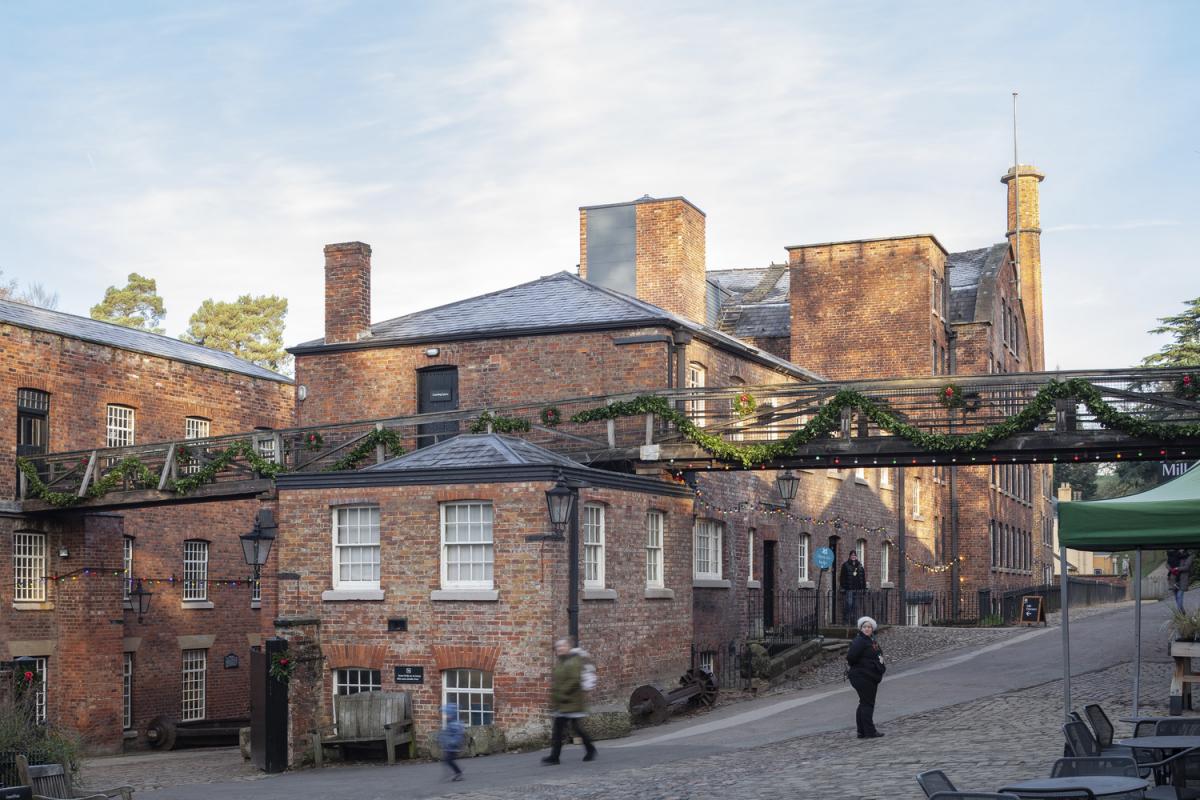
Mill Yard Works
The works within this phase of works included a review of the mill to better understand the visitor routes into and through the building and the site, and the impact on the visitor experience.
A key focus was the mill building at the heart of the site. The mill’s story has been retold through extensive refurbishment of the mill’s gallery spaces and the installation of new interpretation displays to replace simple interactive and text heavy graphic displays. The aim was the create evocative spaces that would place visitors at the heart of the story, achieved through the use of immersive AV, physically interactive and sculptural approaches.
For example, the entrance gallery uses a ‘warp and weft’ structure that weaves the mill’s history into a narrative tapestry across the room. This interpretative device also frames a live weaving demonstration area at the back, so people can witness how the fabric is created.
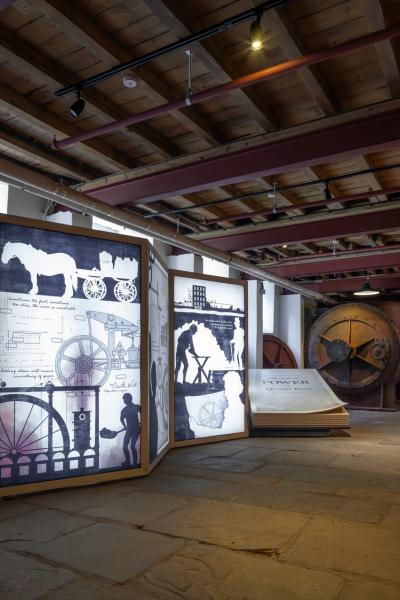
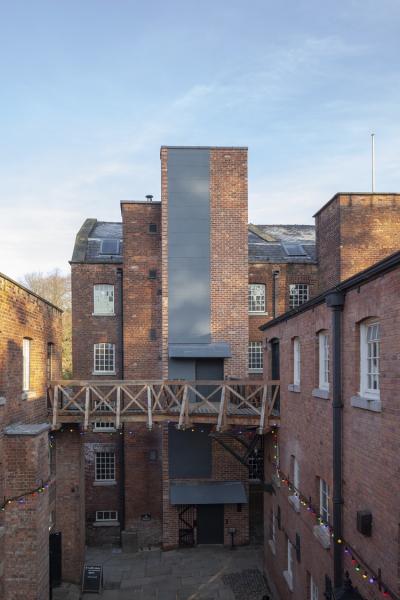
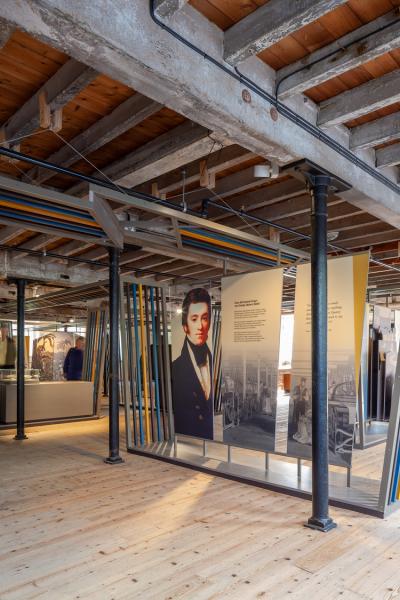
Styal Village Cottages & Quarry Bank House
Areas of the estate which were previously closed to the public have also been restored to offer deeper insight to the wider Quarry Bank village community.
In Styal village, a sensitive restoration has been carried to a mill workers original cottages that had remained untouched since 1970s. A sensitive restoration was carried out to protect and retain as much of the cottage’s historic fabric as possible to give visitors an authentic insight into the lives of the mill’s workers. Fragments of 19th century wallpaper found in the cottage have been conserved, and domestic fixtures and fittings have been cleaned and repaired. An early example of linoleum flooring was also carefully removed, conserved and replaced in-situ, while the cottage’s floor and wall finishes have also been renewed.
Quarry Bank house was built by mill owner Samuel Greg and his wife in the 18th century. Here, the policy for repair was to use matching traditional materials, details and methods, only introducing new technologies where they serve to preserve more of the original fabric in a visually non-intrusive way.
Any modern additions have been carefully considered to ensure that all primary features dating from the Greg family’s occupation have been retained, removing only those elements which are detrimental to the primary historic fabric.

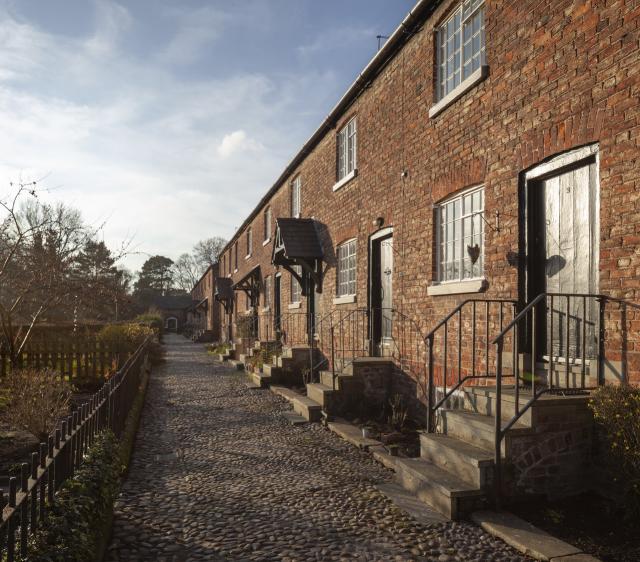
Image credits
Gavin Stewart ©
Stephen Anderson
Stephen leads the practice's heritage team, specialising in projects that involve listed buildings and heritage assets and responding to their impact on place and local communities.
Alex Scrimshaw
Alex is an experienced architectural technologist working within the practice’s historic buildings team.

